Conscious Creations
9 years ago by
It’s April and Earth Day is here. What better time to talk about brands that are consistently sustainable beyond a mention in their bio? Promoting sustainable fashion and awareness of how we consume is critical since the fashion and textile industry is one of the most polluting in the world, second only to oil. Our planet and its resources are threatened in just about every aspect of clothing production.
Whoever said that you can’t successfully create cool clothes and shoes responsibly clearly didn’t dig deep enough because RE/DONE, Mara Hoffman, and Veja are doing just that and they have a lot to say about it.

Mara Hoffman, New York City | @marahoffman | Model, Phoenix Anderson
What was the catalyst that prompted your interest in producing sustainably? Was it a gradual shift or all at once?
The idea that my kid was going to have to take on whatever I left behind hit home for me and definitely played a role in our steps towards sustainability, but overall I would say it was more of a continual education and heightening of awareness.
Has trying to be sustainable changed the way the brand designs? Has it brought limitations and how do you handle them?
Absolutely. It changes your timelines, the fabrics you can use, and the factories you work with. It also changes what type of clothing you’re making. When you’re trying to implement sustainable and responsible practices in design, fibers, manufacturing, and packaging, it raises the cost of the final product. We’ve also embraced a messaging that speaks to buying less, wearing more, so we want to be sure we’re actually making pieces that will have a longer life in terms of both quality and trends. Of course, I love to indulge in the occasional special piece, but for the most part, I want them to be versatile, mixed and matched, worn almost routinely like a uniform. As for handling any limitations, it’s about having a team that is mindful and actively working to lessen our negative impact. I’m lucky to have people around that will hustle with me to create something good regardless of the obstacles.
Can you talk on the sustainable choices Mara Hoffman is making in the production of collections?
There are a lot of different steps from beginning to end that we are constantly reevaluating and trying to make better. We’re currently shifting our packaging, our swimsuits are now going out in compostable poly bags. We’ve shifted to digital printing to reduce water waste. We use fibers and fabrics like ECONYL® made from regenerated nylon waste, organic cotton, Lenzing Tencel® made from the pulp of sustainably harvested trees, and Polyester made from recycled polymers to try and reduce landfill waste. Outside of the tangible aspects of sustainability, we’re working with our partners to ensure that they have great awareness of the environment and of their employees. We’re learning while doing and trying to find a balance within that process.
Mass production leads to mass consumption, do you think there are ways for a brand to succeed both financially and environmentally?
Yes, of course. We will never be fully sustainable and nobody will unless they put an end to production. With the implementation of sustainable practices came a bit of a price increase, which then meant designing different clothes with more essential elements and telling our customers to buy less and wear more, wash less and wear more. It’s a huge balance between the financial and the heart of the company. There are a lot of changes that I want to make in terms of sustainability and otherwise, but it’s about weighing how much you have the capacity to do and on what timeline.

What advice can you give to someone who is trying to shop more sustainably?
Read the tags, see what makes up your clothes. Start doing a little bit of research into the stores and brands you’re buying from. Buy vintage and if you’re going to buy new, buy a piece that you’ll wear longer than a season. Outside of shopping sustainably, you can care for your clothes differently like hand washing them to reduce water waste or if a hem comes undone or if a button falls off, take the time to repair the piece rather than get rid of it.

RE/DONE | Sean Barron and Jamie Mazur, Los Angeles | @shopredone | Model, Marie Ollivier
What was the catalyst that prompted your interest in producing sustainably? Was it a gradual shift or all at once?
To be honest, when we started the company, creating sustainable products wasn’t our main goal. By nature of what we created, it was a happy byproduct. However, as the business has grown beyond reconstructing vintage Levi’s, sustainability has become a central tenant of all of our new products. In that sense, I guess you could say it was a gradual shift.
Has trying to be sustainable changed the way the brand designs? Has it brought limitations and how do you handle them?
Focusing on sustainability in our products has made us work harder at times, but I wouldn’t say it is a limitation. It is a challenge that requires us to be creative, but is ultimately worth it.
Can you talk on the sustainable choices RE/DONE is making in the production of collections?
On average, it takes 2,600 gallons of water to make a pair of jeans – it takes less than 50 gallons or the equivalent of two washes at home to make our repurposed jeans. Also, we are very proud to manufacture all of our products in Downtown Los Angeles. By keeping our operation local, we reduce our carbon footprint and simulate our economy.


Mass production leads to mass consumption, do you think there are ways for a brand to both succeed financially and also environmentally?
Since the launch of RE/DONE, we have been personally responsible for diverting over 60,000 pairs of jeans that would have otherwise ended up in landfills, thereby reducing air and ground water pollution. Thus, the more we sell, the more waste we reduce!
Do you stick to this sort of lifestyle at home too – thinking more of function and beauty rather than excess?
Definitely. In my house, we really appreciate craftsmanship in all things. I would rather buy fewer high quality things than buy many things that lack durability.
What advice can you give to someone who is trying to shop more sustainably?
Do your research! Make sure the companies you are supporting think of sustainability as more than just a buzz word to throw around.

Veja Sneakers | Sébastien Kopp and Ghislain Morillion, Paris | @veja
What was the catalyst that prompted your interest in producing sustainably?
We launched VEJA in 2005…we were 25 years old. We didn’t know anything about the fashion industry but we wanted to launch a sneaker project that respects people and the environment. The goal was to source all the raw materials directly and control the entire chain of production. We sought to combine this with cool aesthetics, focusing on what we’d want to wear every day.
We went to Brazil to source the wild rubber from the Amazon forest, buying it directly from seringueiros (wild rubber gatherers). This makes up the sole of every Veja sneaker. We do the same with our organic & fair trade cotton that we source in Northern Brazil. We also work with an innovative mesh made out of 100% used & recycled plastic bottles, and our leather is vegetable-tanned. So when someone asks, “How are your sneakers are made?” we can provide an answer for each step of the chain. And we’ve been able to do this for twelve years.
When and why did you decide to model the business on ethical and ecological practices?
Creating Veja was to prove that business can be done fairly and ecologically, and with more economic and social justice. Our philosophy is that there is only one world – not the good on one side and the bad guys on the other. For our entrepreneurial friends, we are activists, and for our friends working in NGOs, we are entrepreneurs. Linking those worlds is great. You meet a lot of interesting people and can make an impact.
Has trying to be ethical created design limitations and how do you handle them?
Of course! But strong limitations unleash creativity. For years, we only used organic and fair trade cotton, and then we developed more ecological fabrics. But looking back, those limitations were a blessing. We couldn’t get lost in the unlimited possibilities of production. We had to innovate, and forge our own path and our own process.
Mass production leads to mass consumption, do you think there are ways for a brand to succeed both financially and ethically?
We are growing slowly, without advertising, only through word of mouth. And by growing slowly, we do not forget our principles, we improve them over time. We are not true entrepreneurs. We are not looking to raise funds – something we call “the grandpa management.” We want to be slow, but solid. Our society has a problem with speed. We are quick, but we take our time to make all the real choices. Choosing partners, launching new projects, designing new models. And so far, time has always been on our side. Today, the Veja team includes 50 people. Our biggest source of pride is the team we’ve built and the talent we see among us, daily. Every day, VEJA is setting an example in social and economic innovation. That is our main objective. And we know this is just the beginning.
What advice can you give to someone who is trying to shop and live more ethically and ecologically friendly?
Do what you love, live as you like, but know that your every move shapes the world of tomorrow.


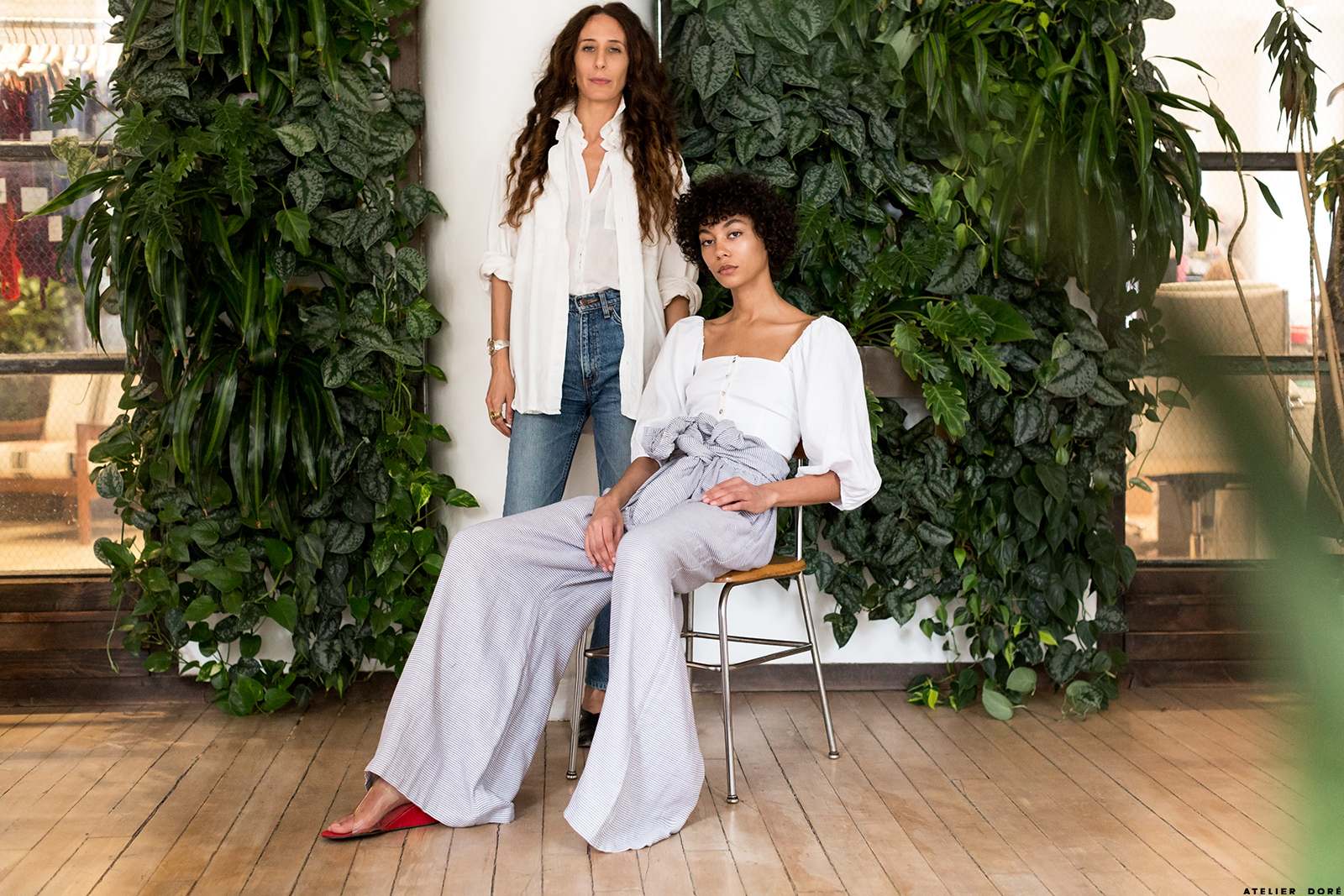
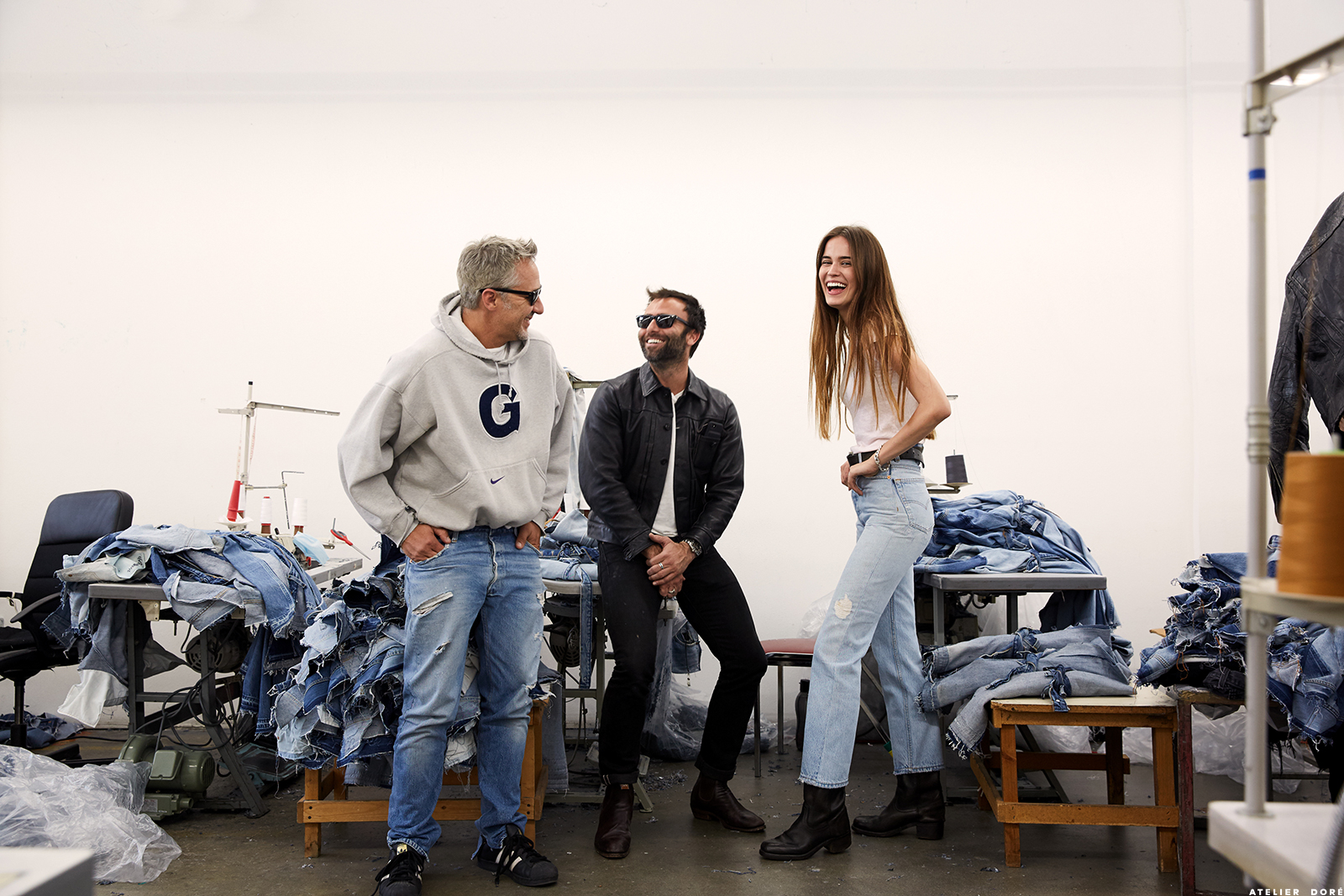
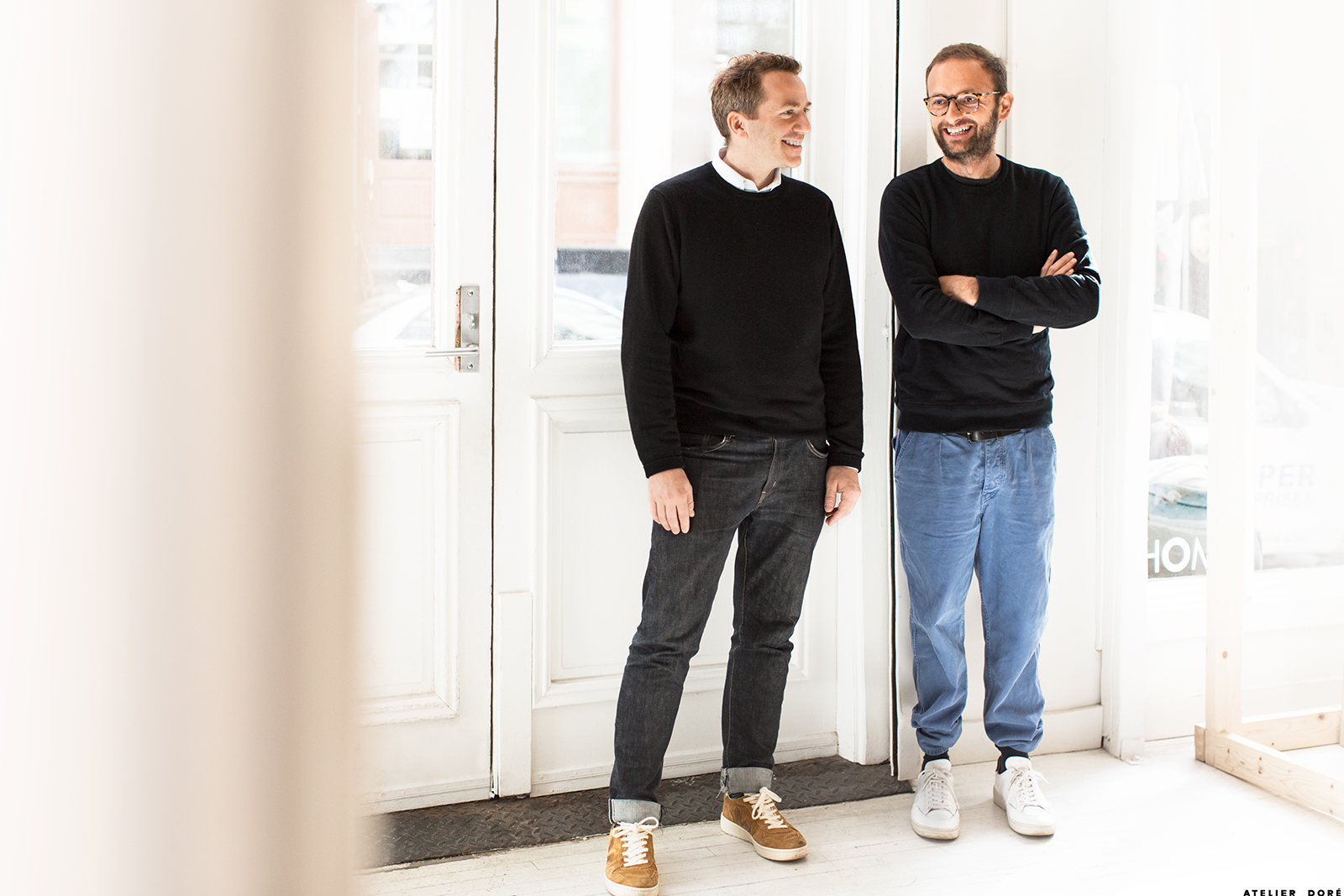
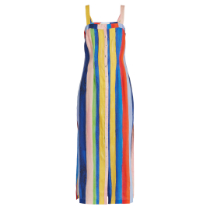
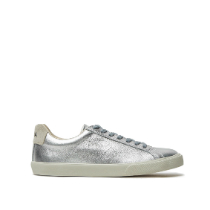
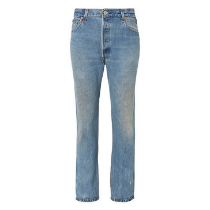
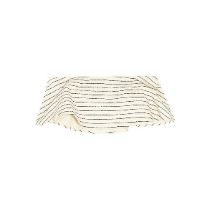
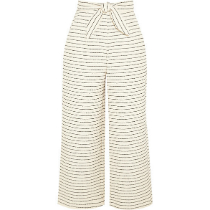
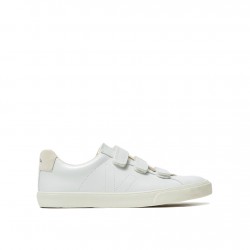
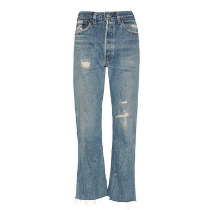

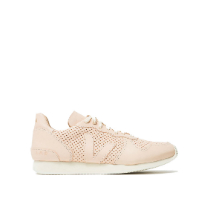
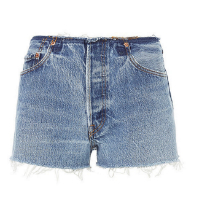
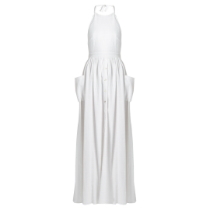
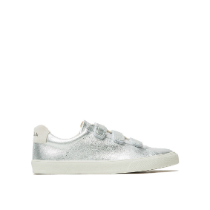
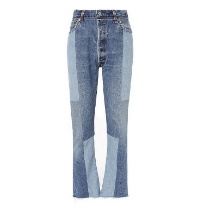
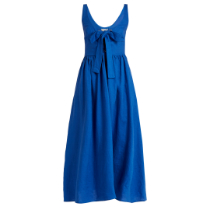
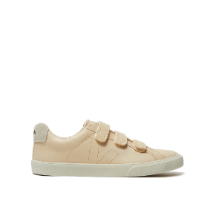
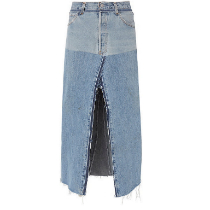
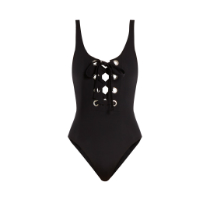
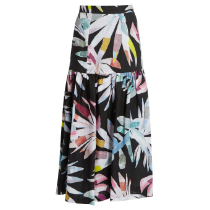
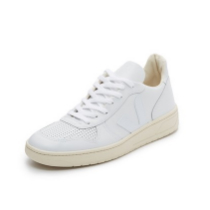
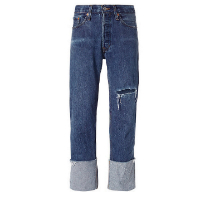
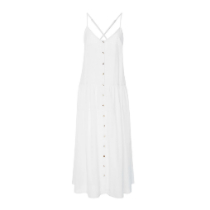
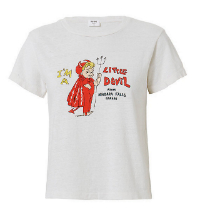
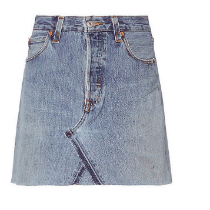
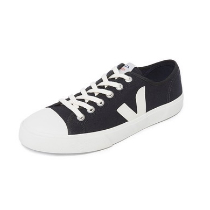
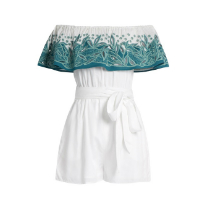




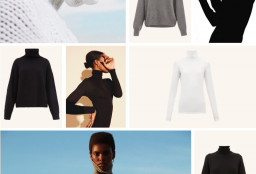
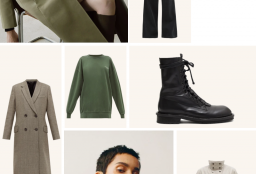









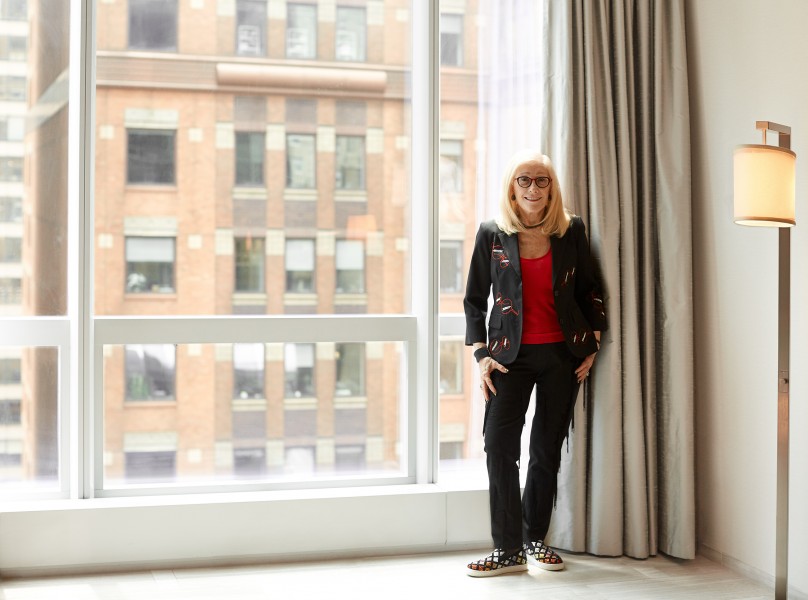


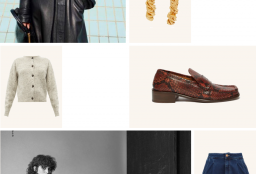


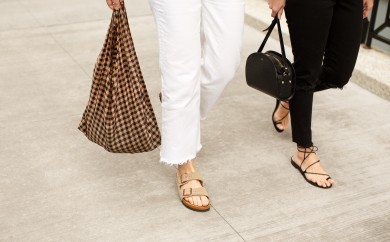
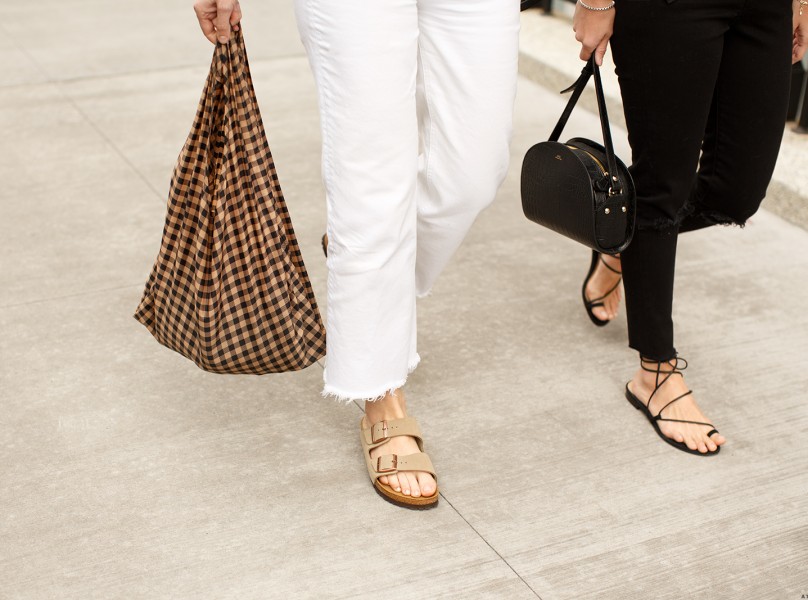
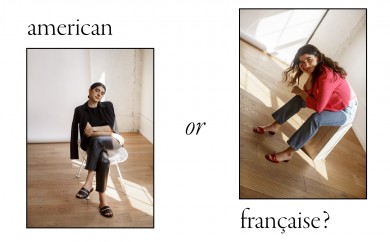
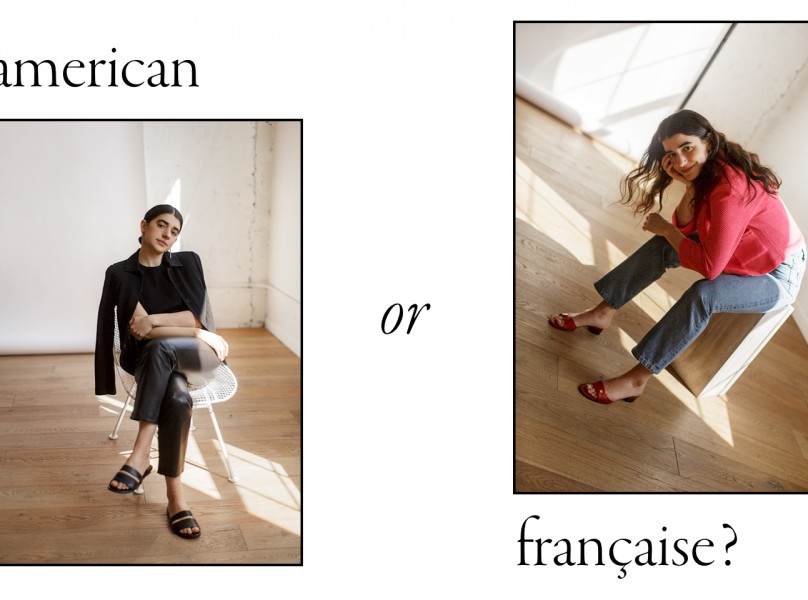
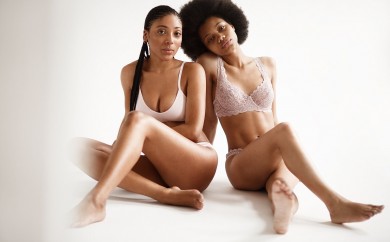
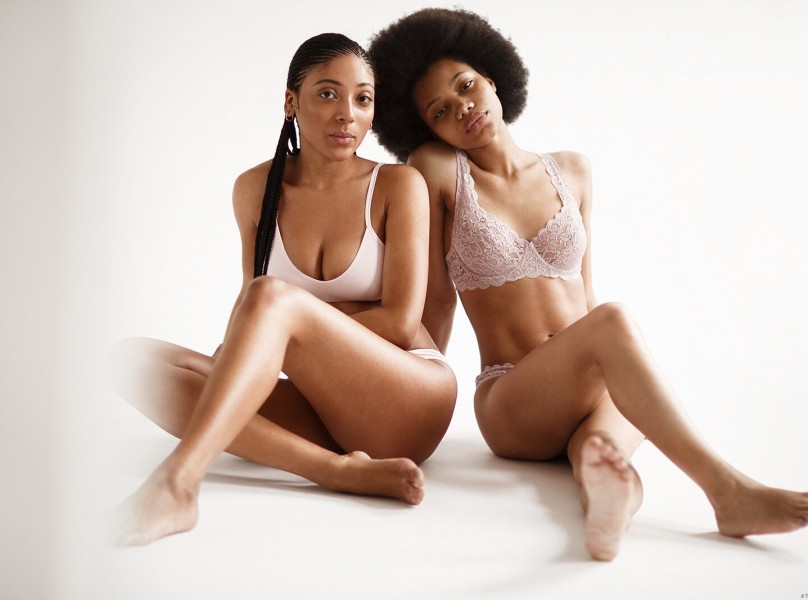




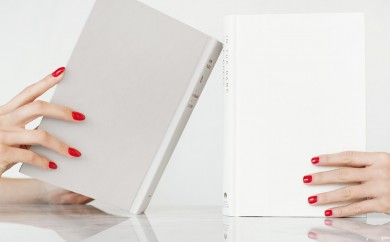

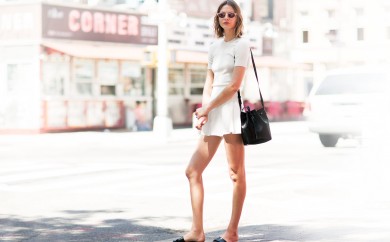
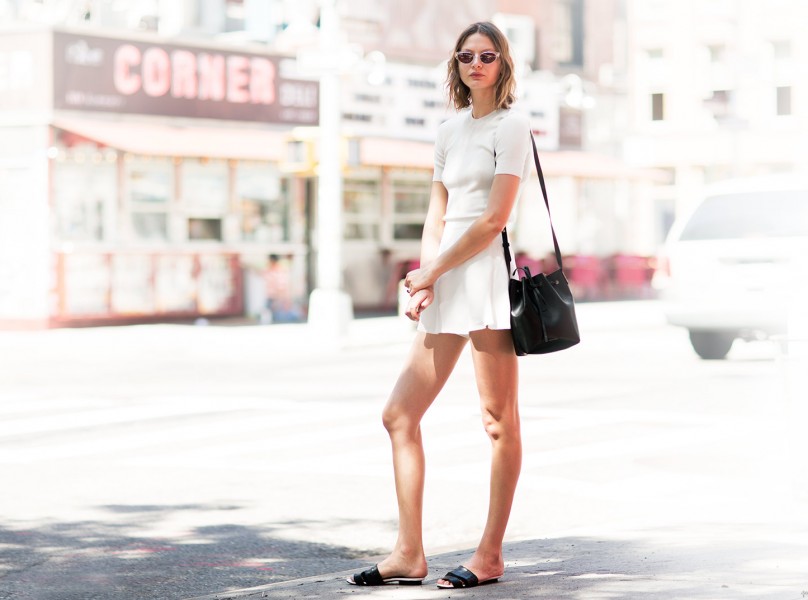
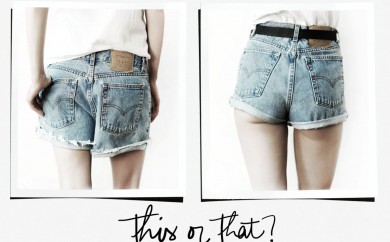
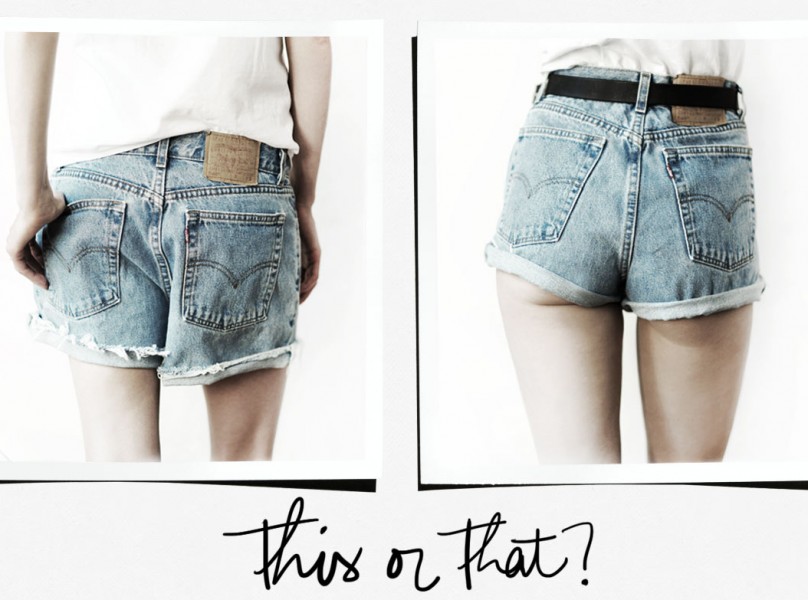
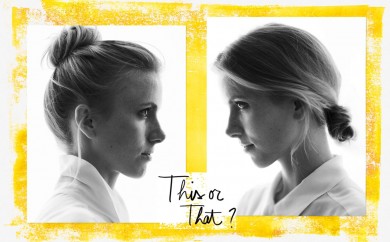
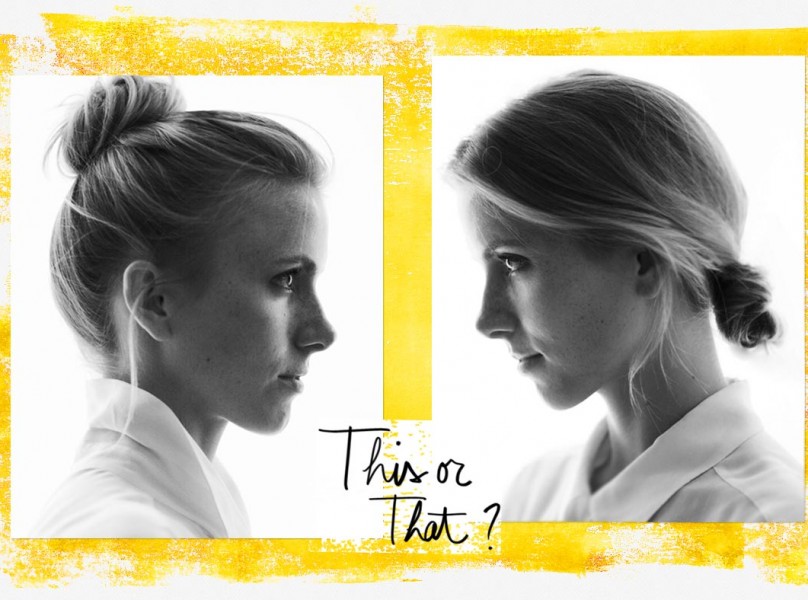






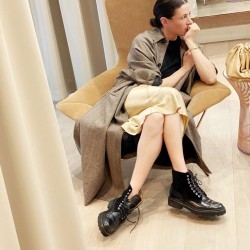




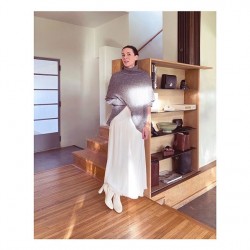




i’m really supportive of sustainable fashion!
-Kirsten // http://www.porkandcookies.com
So great that you and your blog is growing like that and see you going in this direction .I am really happy, I am a reader from the beginning., loved ,read and heard the most part of your work . never left a comment;) So today I want to say from my heart and soul that,the post of today is great, also very natural I think ,for people who live consciously. We have only one Earth.The time is really mature for all people to notice that… Happy to see and feel that this way of life becomes more and more attention.We (me and my family) live that way since 30 years and our small family company runs like this, never promoted this way of work , grown up organic ,with love and surrounding by nice people as customers and suppliers and families. All work done in Europe, by small manufacturer ,and sold directly to customer without retail.So very good quality for reasonable prices.now we are happy to share this with you and other people who have the same Awareness. Maybe see you on our Website or in real life. I think we are responsible as women to give love in all our projects we do.As we give love to our family, partners, children and relationships,we have to give love even to people that we don`t know in Person,but in my opinion we are all connected .I wish you all the best for your wonderful new ATELIER DORE.keep on going and growing by your hearts,as you always did.Thank you for sharing all your feelings opinions and more. xoxo Elisa
Thank you for this post. I have so much respect for the direction in which this blog is headed.
Would love to shop more vintage, but I feel like I don’t know how. How do you make it look modern/hip? I have an aversion to vintage, because I forever equate it with thrift stores and old looks, but my everyday style is more minimalist and simple and modern. Not sure how to merge the two.
Brilliant piece!
I love my Vejas (yes, one pair has traveled throughout the world, so I bought another pair for week-ends in Paris) and most of my friends have some.
I’m discovering Mara Hoffman as well – makes me want to buy some swimwear ;)
for clothing that is truly sustainable, creative, made with Organic materials, designed and made in America (Seattle), *whose very successful company and word of mouth marketing exists outside of the conventional fashion industry*, and started by 2 very artistic enterprising young women, check out Prairie Underground – PrairieUnderground.com.
and no, i don’t work for them! ;)
… the other question is, why two labels this conscious conform to the industry standards when it comes to sizing (biggest size at Mara Hofmman is 12, biggest Jean size at Re/Done 30). I for one can’t participate in their sustainable efforts. and I guess I’m not the only one. Why make sustainable clothes if the sustainability is just for a few?
I applaud the effort for sustainability, but I do wish it were more inclusive for sizes.
http://blackbirches.com
It is good to see that sustainable fashion no longer remains an issue only for the few, but it is developing more and more as a corner stone for stylish sustainable consumption and a business case for trendsetting companies. Warm regards from Germany!